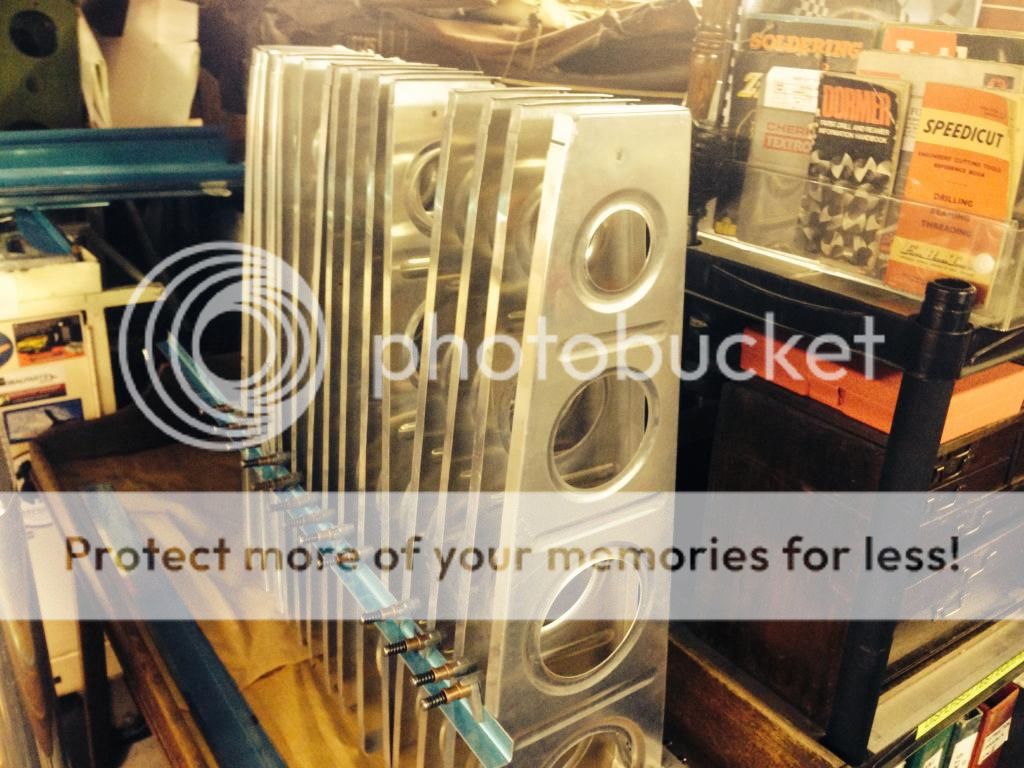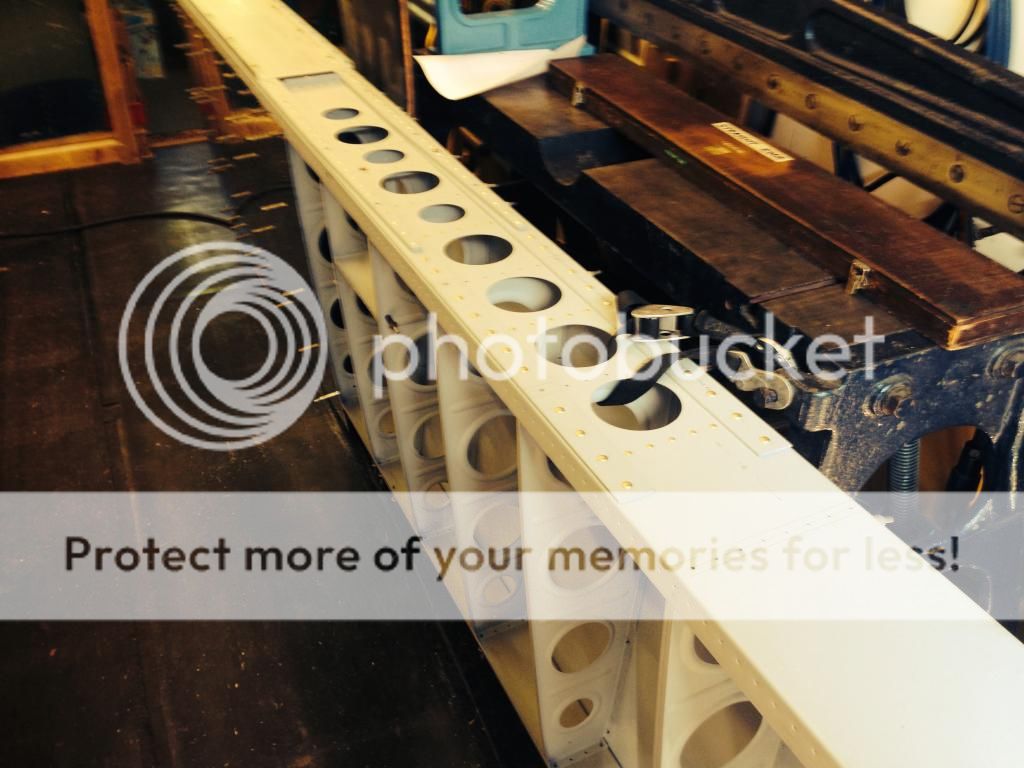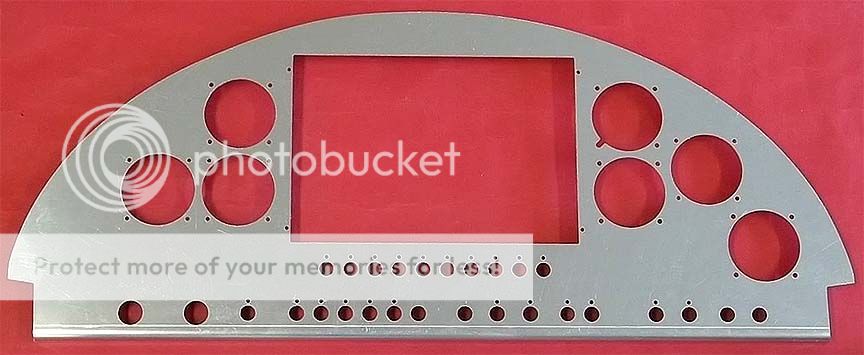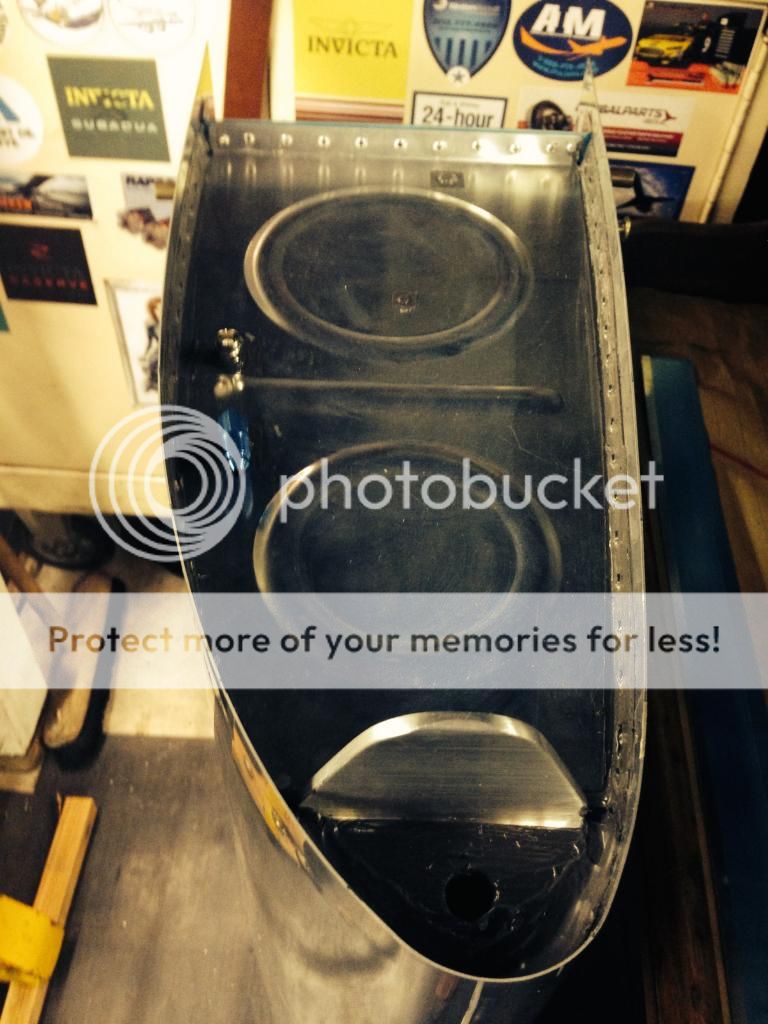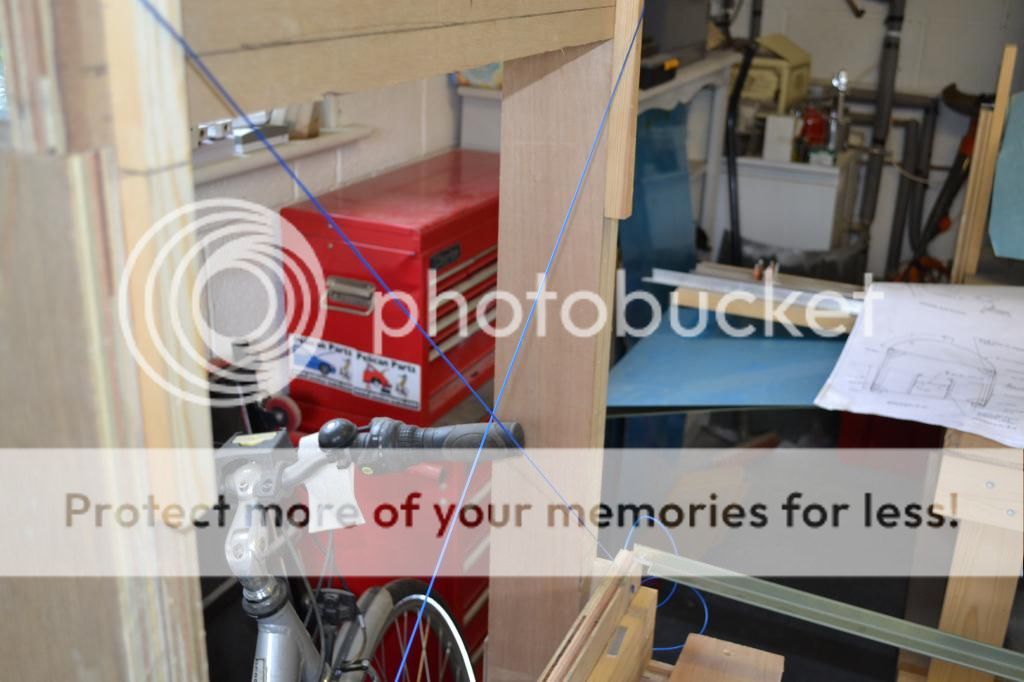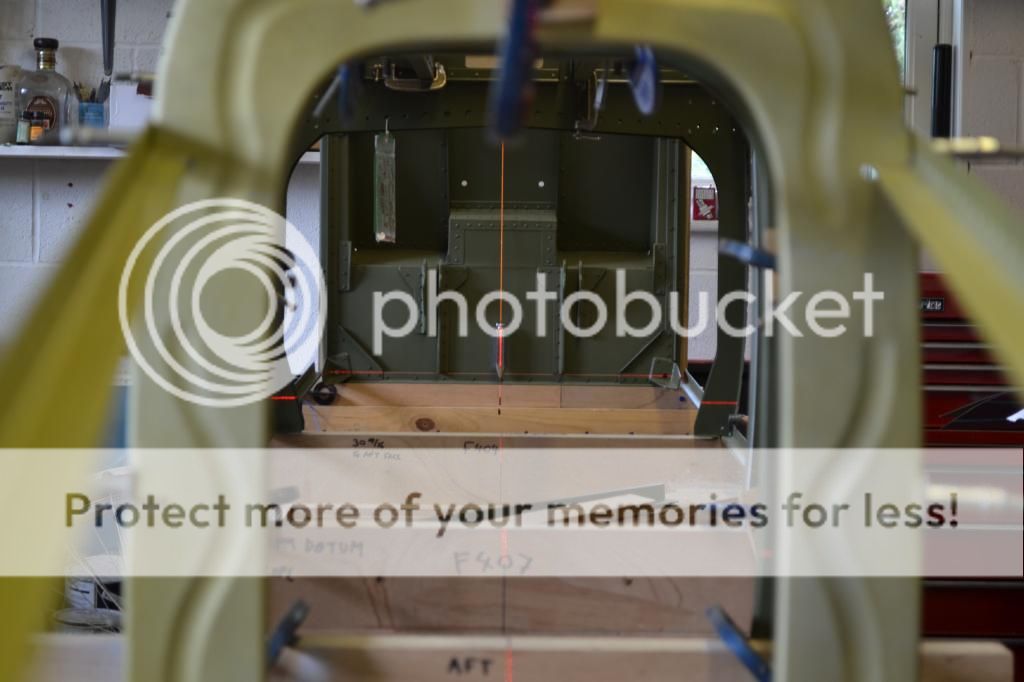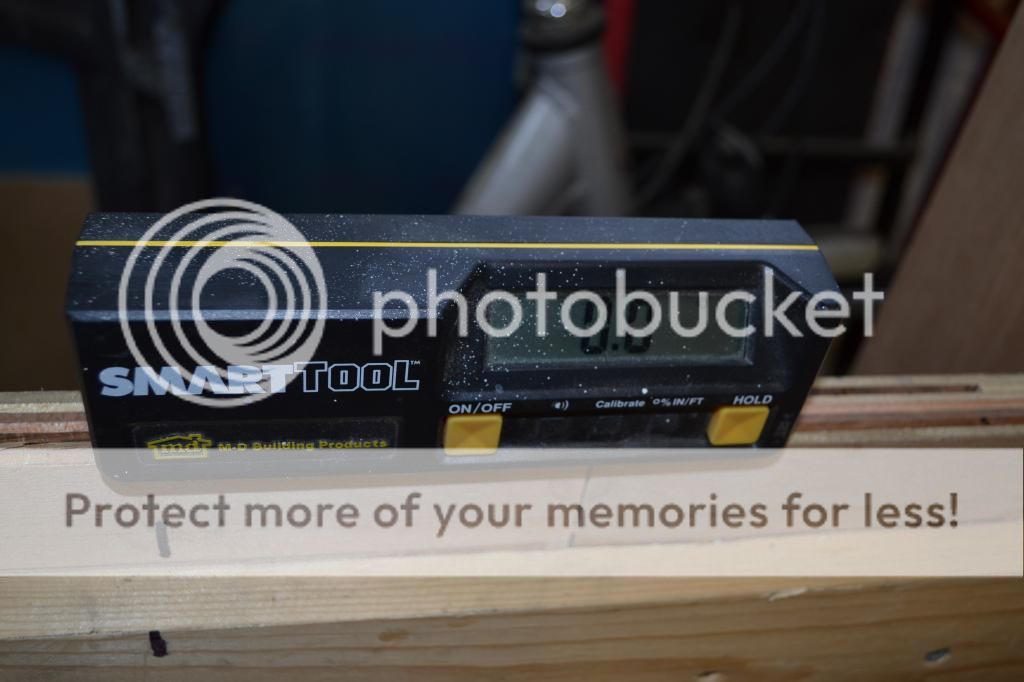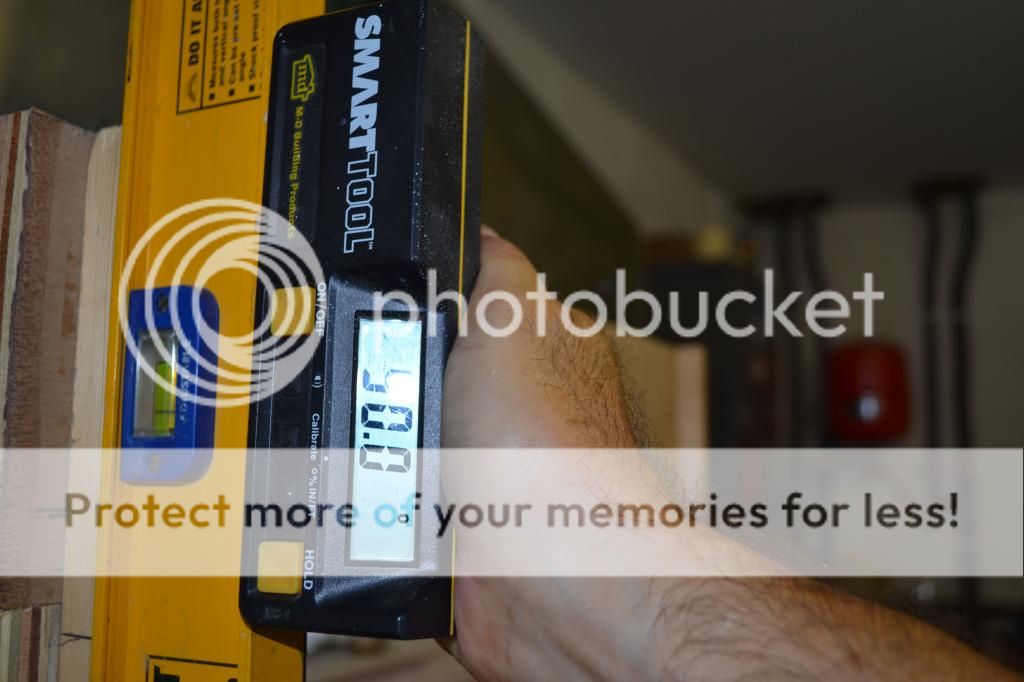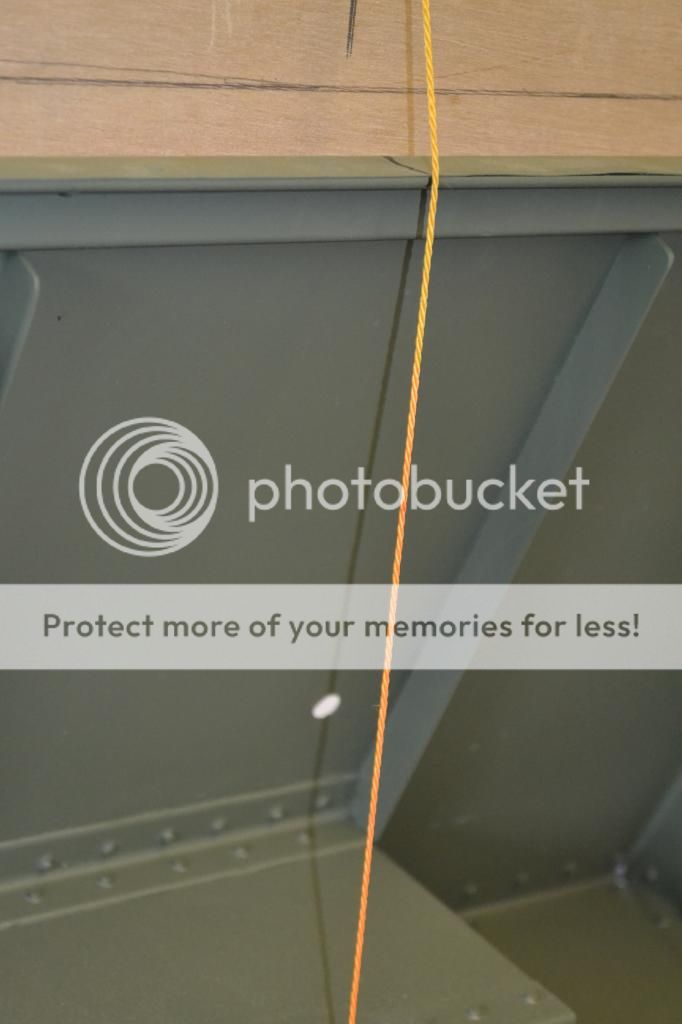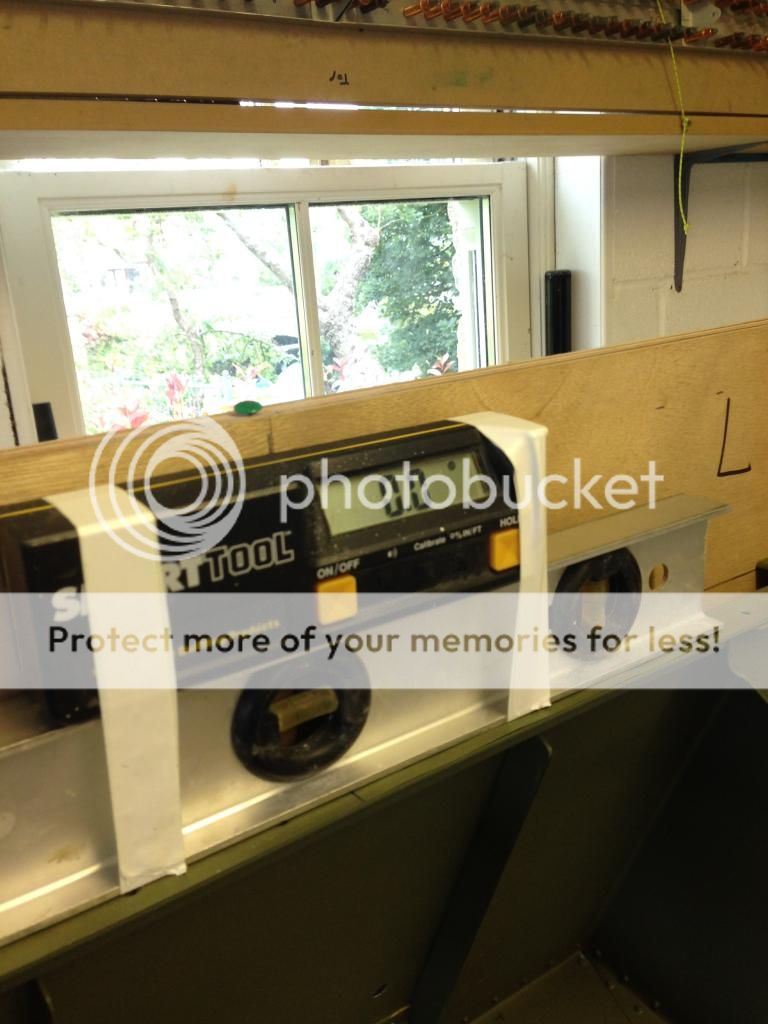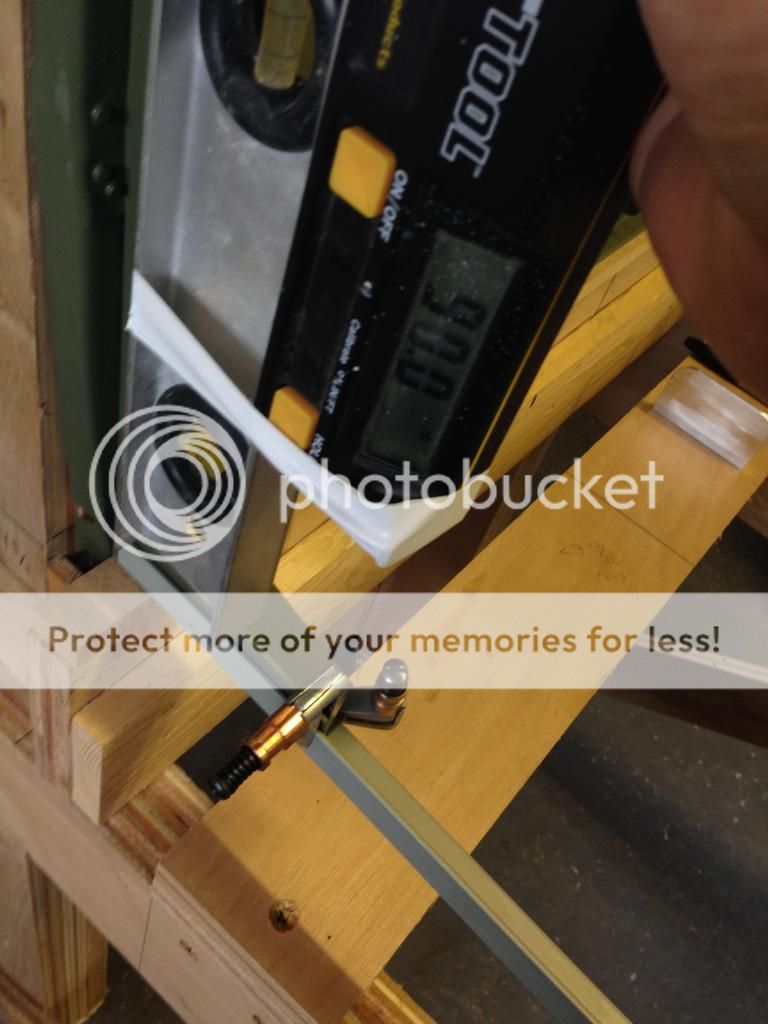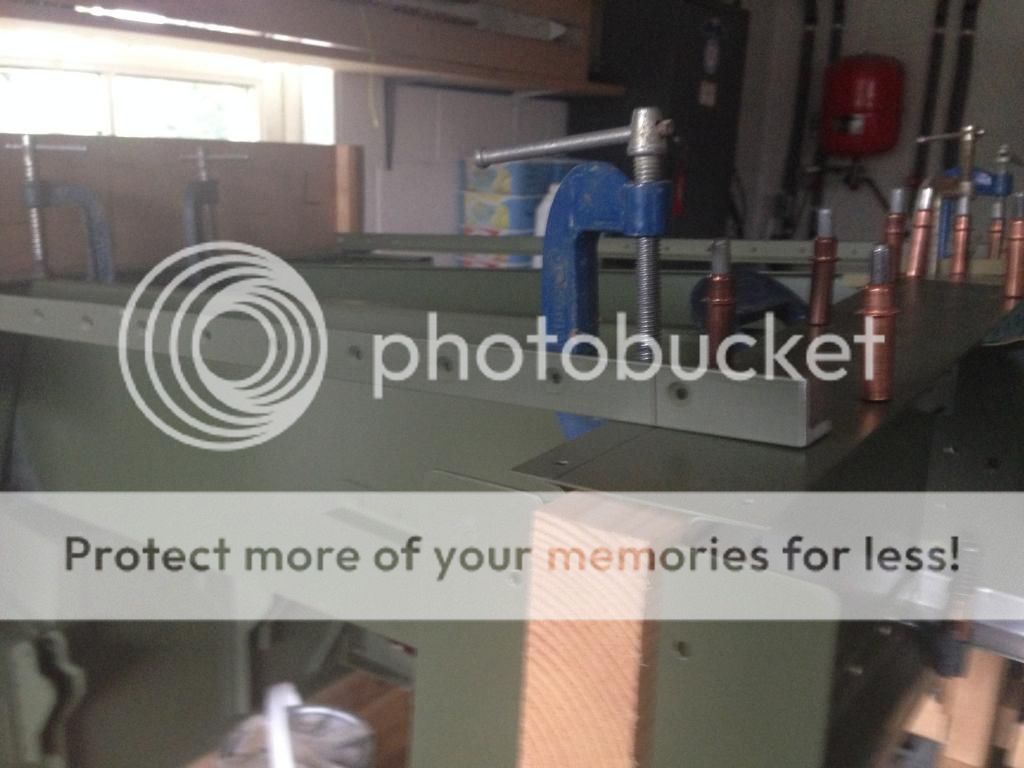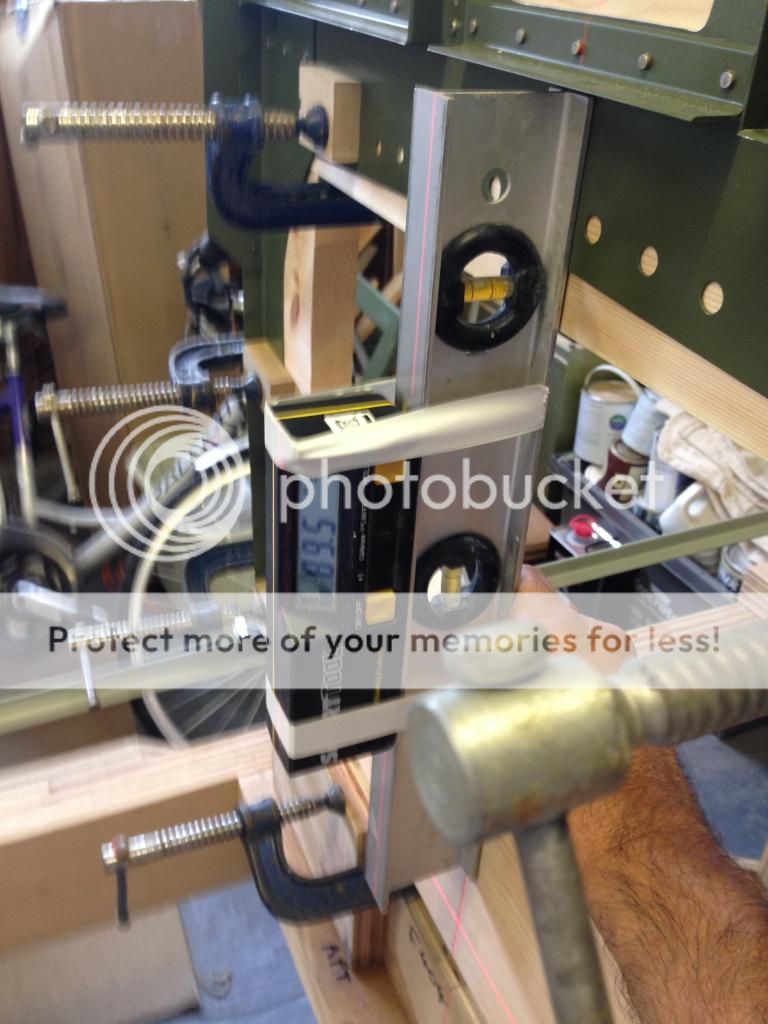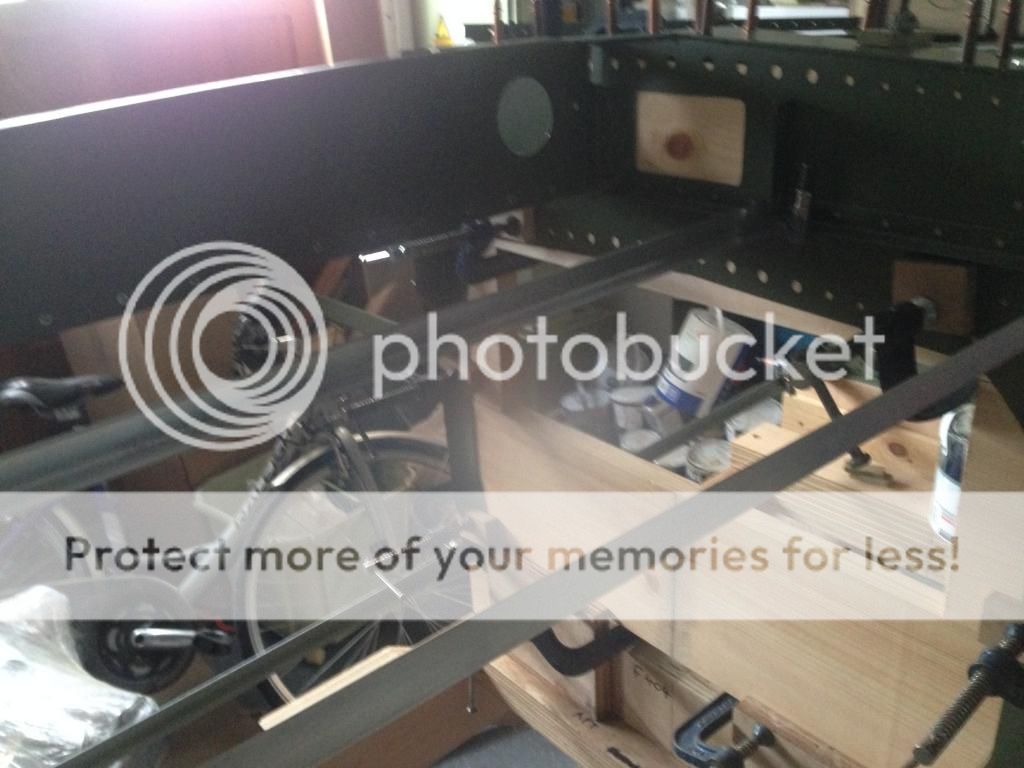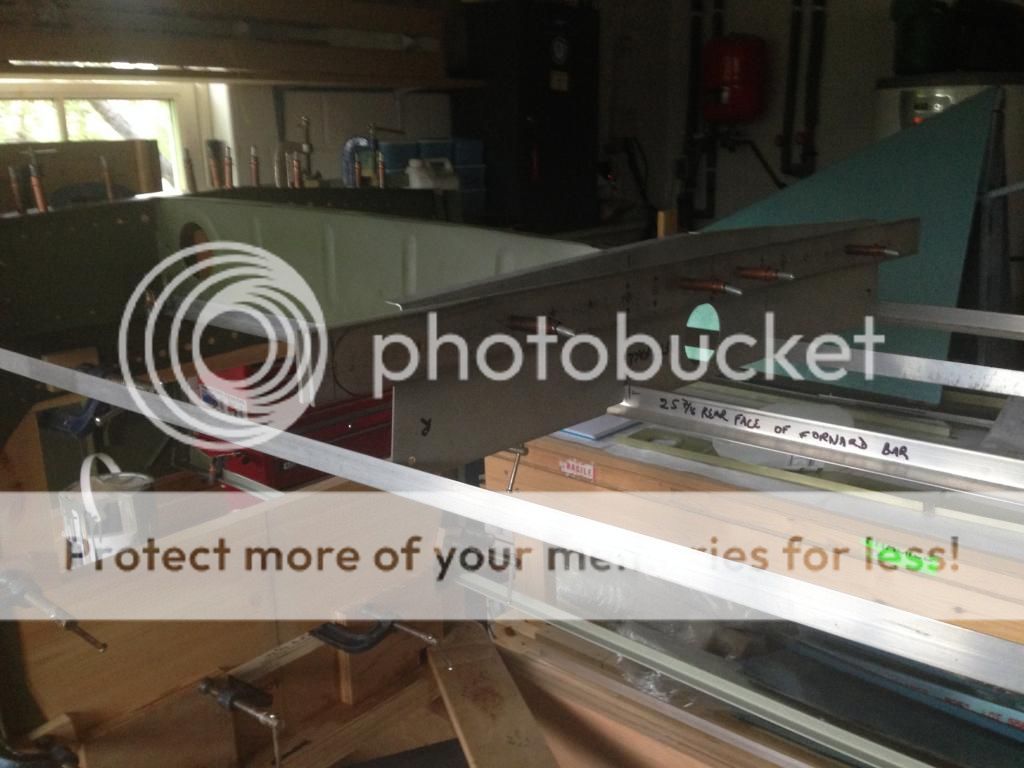chris mitchell
Well Known Member
After a couple of misadventures, here I am, building an RV-4 from (almost) scratch.... First I looked at a flying -4 - realised how much it would cost to turn it into the aircraft I wanted. Then I bought (despite advice to the contrary) a part built kit - absolute disaster.... Non-Vans parts, awful build standard (I might post some photos later to illustrate my point!) Thought I could remediate it but each fix revealed yet another problem so finally I gave in and bought new fuselage and wing kits, saved/salvaged what I could, and sold the remains on to an engineer who thought he could save it.
The kits finally arrived in my workshop at the end of March and so I've now been working on it for nearly 8 weeks. I had built the fuselage jig before the kit arrived so was good to go as soon as the kit arrived. So far I have made up, primed/painted all the bulkheads, frames, and skins, bent the longerons (using the excellent bending dye from ). Should finish the firewall and governer recess, and have drilled/countersunk the longerons by the end of this weekend - so then I can start assembly. So far, compared with my experience building a fast-build 8, this is not too bad. In fact I wonder how it took me over two years to complete the 8! Of course I am retired now, so I can work (nearly) full-time on plane building which is a lot more fun than working ever was. Occasional gardening and chores for CINC Sink get in the way, but its all pretty tolerant and we look forward to making some trips together - up to the island of Mull, across to France/Spain etc.
I already have the engine - a rebuilt Lycoming IO-320 which will be running P-mags; prop will be an MT 2-blade. Simple VFR panel with minimal instrumentation. Electric flaps and elevator trim. My only luxury so far has been a Bell tail-wheel fork, DM lightweight tail-wheel and tail-lynx linkage.
I already have the Rocket fastback bulkhead tops, rear top deck is to come. Canopy etc will be from Todds.
Here's a couple of shots of how NOT to do it:
See the holes in the rear spar flange - they should be countersunk for the fuel tank flange - but were drill full depth so when the screws were tightened up, the nut plate was being pull up through a 5/16 hole! Vans do not have a fix for this - the spar is junk.

Shipping damage - tail-wheel mount not secured - remember to do this BEFORE you take your baby from the workshop to the hangar!

Poor edge distance - in fact - missed altogether!

Here is my jig - 3 sheets of one inch thick, 8x4 plywood, so it should be stable. Glued to workshop floor. Accurate in pitch and roll to within 0.1 of a degree, so I was pretty happy with that. Cross checked all measurements several times and it seems to be square and accurate for bulkhead location.

Most of these photos have been up before for one reason or another. I'll put some new ones up later of the various parts, now painted so that the interior will be the same colour as a P-51.
Hopefully there will be some useful info on here for other -4 and especially FB builders to add to the excellent documentation from Axel and others.
Chris
The kits finally arrived in my workshop at the end of March and so I've now been working on it for nearly 8 weeks. I had built the fuselage jig before the kit arrived so was good to go as soon as the kit arrived. So far I have made up, primed/painted all the bulkheads, frames, and skins, bent the longerons (using the excellent bending dye from ). Should finish the firewall and governer recess, and have drilled/countersunk the longerons by the end of this weekend - so then I can start assembly. So far, compared with my experience building a fast-build 8, this is not too bad. In fact I wonder how it took me over two years to complete the 8! Of course I am retired now, so I can work (nearly) full-time on plane building which is a lot more fun than working ever was. Occasional gardening and chores for CINC Sink get in the way, but its all pretty tolerant and we look forward to making some trips together - up to the island of Mull, across to France/Spain etc.
I already have the engine - a rebuilt Lycoming IO-320 which will be running P-mags; prop will be an MT 2-blade. Simple VFR panel with minimal instrumentation. Electric flaps and elevator trim. My only luxury so far has been a Bell tail-wheel fork, DM lightweight tail-wheel and tail-lynx linkage.
I already have the Rocket fastback bulkhead tops, rear top deck is to come. Canopy etc will be from Todds.
Here's a couple of shots of how NOT to do it:
See the holes in the rear spar flange - they should be countersunk for the fuel tank flange - but were drill full depth so when the screws were tightened up, the nut plate was being pull up through a 5/16 hole! Vans do not have a fix for this - the spar is junk.

Shipping damage - tail-wheel mount not secured - remember to do this BEFORE you take your baby from the workshop to the hangar!

Poor edge distance - in fact - missed altogether!

Here is my jig - 3 sheets of one inch thick, 8x4 plywood, so it should be stable. Glued to workshop floor. Accurate in pitch and roll to within 0.1 of a degree, so I was pretty happy with that. Cross checked all measurements several times and it seems to be square and accurate for bulkhead location.

Most of these photos have been up before for one reason or another. I'll put some new ones up later of the various parts, now painted so that the interior will be the same colour as a P-51.
Hopefully there will be some useful info on here for other -4 and especially FB builders to add to the excellent documentation from Axel and others.
Chris
Last edited:



